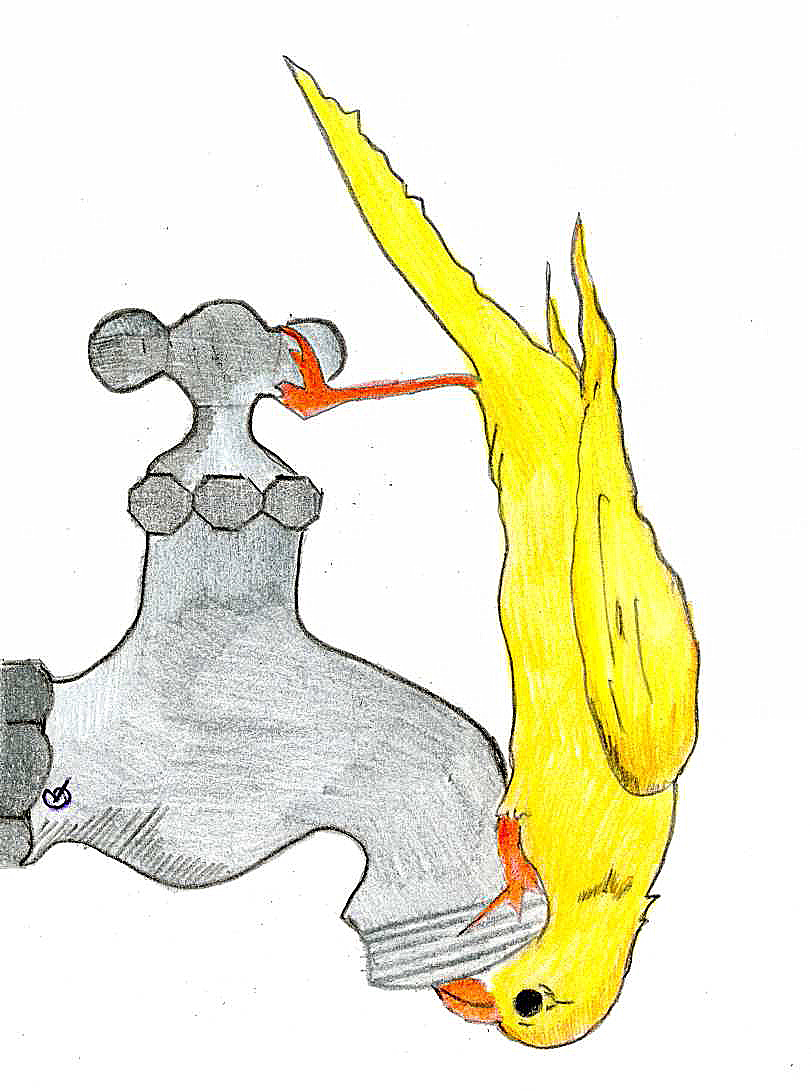/regions/india
India
Is mitigation of climate change in agriculture necessary ? - A lecture by Dr Eva Wollenberg, CCAFS at IARI, New Delhi
Posted on 03 Aug, 2012 08:32 AMIndia like many other developing countries has focused its agricultural policies on increasing agricultural production to meet food security.
Guidelines Nirmal Bharat Abhiyan (July 2012)- A document by Department of Drinking Water Supply
Posted on 02 Aug, 2012 08:17 PMThis document by Department of Drinking Water Supply is on the guidelines of Nirmal Bharat Abhiyan (NBA) (July 2012). The details of the guidelines are elaborated in 23 different sections, followed by an exhaustive list of annexure.
Transforming rice production with SRI (System of Rice Intensification) knowledge and practice: Reducing agriculture foot print and ensuring food security: A book by T M Thiyagarajan and Biksham Gujja
Posted on 01 Aug, 2012 03:56 PMThis book by AgSri , attempts to explain the origin, principles and practices of System of Rice Intensification (SRI), a technology that aims to save water and also enhance the rice yield.
CDM Watch Network India invites comments for latest projects applying for Clean Development Mechanism crediting in India
Posted on 01 Aug, 2012 03:19 PMThe Clean Development Mechanism (CDM) has mobilized thousands of projects in the last few years but has at the same time set off serious concerns about the environmental integrity of its projects and its genuine contribution to sustainable development.
Thirst in the land of Malhaar - Aamir Khan focuses on water in the 12th episode of Satyamev Jayate
Posted on 01 Aug, 2012 12:49 PMSatyamev Jayate is a serial produced by Aamir Khan and Kiran Rao and aired on StarPlus. Each of its 13 episodes take a hard look at one of the various problems facing India today.
Manual Scavenging Act and municipal wastewater workers in India, policy and practice - A dissertation
Posted on 31 Jul, 2012 10:20 AMIndian municipal waste water disposal system generated a "neo scavengers" of municipal waste water workers/ sewer workers in organised occupations.
Solutions on the rehabilitation of manual scavengers were been enacted with the Employment of Manual Scavengers and Construction of Dry Latrines (Prohibition) Act, 1993 .
Water for all: G Venkatesh's compilation of poems with water as the leitmotif
Posted on 27 Jul, 2012 02:22 PM
Soil health and support systems - Contradictions and missing links - Paper published in the Economic and Political Weekly
Posted on 25 Jul, 2012 10:10 PMThis paper published in the Economic and Political Weekly explores the contradictions in soil health management policies and its impact on farming and food production in India in the context of the declining vitality of Indian soils and the resultant threat to food sec
Flood control policies in India - A paper in the journal Golden Research Thoughts
Posted on 25 Jul, 2012 10:37 AMThis paper published in the journal Golden Research Thoughts aims at describing the different initiatives undertaken by the expert committees and Government of India in tackling the flood problem of India.
Impact of climate change on food security in India - A paper published in the journal Advances in Asian Social Science
Posted on 24 Jul, 2012 12:14 AMThis paper published in the journal Advances in Asian Social Science analyses the food security condition of India during the last few decades and the impact of climate change on food security of India.